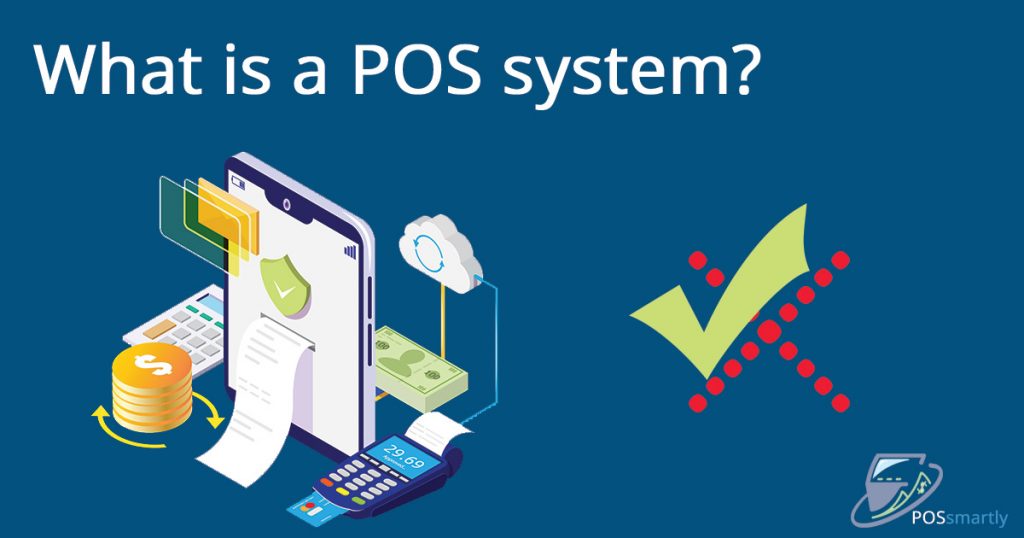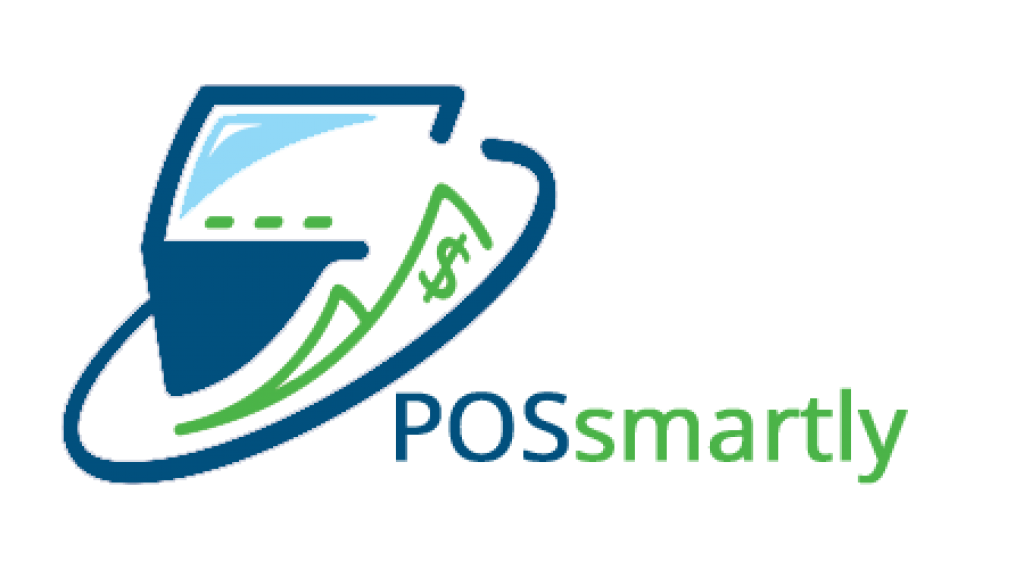
What Is a POS System?
Table of Contents
A POS (Point of Sale) system is an electronical payment system, or to be more precise, a terminal for electronic payments used by companies and/or commercial enterprises. Thanks to methods of digital payment, customers can pay for goods and services (in physical spaces such as bars, restaurants, night clubs, retail stores, supermarkets etc.) using credit cards, debit cards, prepaid cards, or any other method of electronic payment.
The Basics of a POS System
In its most basic form, a POS refers to a transaction between a card holder and a vendor. This method is present both in online transactions and traditional brick and mortar transactions in any kind of physical vending point. A base form of a POS could technically be just a cash register and software necessary for data collection of sales. These can be improved by adding bar-code scanners, card readers or any other kind of feature that updates the system.
In most cases a digital POS system involves a combination of hardware and software that can track and electronically save a transaction to the advantage of both the vendor and paying customer. Most modern POS systems offer a growing variety of features intended to streamline and improve accountability and work efficiency.
For example, a POS system in a restaurant may include features that improve tracking inventory, precise placement of orders, connectivity between different staff sectors (cooks and servers) and more. The same principle can be applied to hundreds of different businesses serviced by intuitively designed systems using touch screens, upgraded databases, and software that incorporates payment through mobile devices. This becomes crucial in highly frequented establishments such as bars, nightclubs, and restaurants where a subpar POS system can greatly affect revenue, logistics, and customer and staff contentment.
Electronic POS systems have evolved drastically through the years in both spread and technology since their inception in the 1970s (though more widespread use became more common during the 1990s with improvements in microprocessor and software technology). The internet and more recently Cloud computing systems have radically augmented connectivity and facilitated long distance transactions. There are hundreds of different POS systems available today. Vendors and traders can accept payment of both cash (including different currencies) and online fees.
Advanced POS system software permits a business owner to not only monitor sales but also check inventory levels, gross revenue, profit margins, sales models and more.
Data accumulated with this software can then be analyzed to improve profitability and identify areas of weakness. Even more sophisticated systems can implement automatization of sale orders which can then be used to personalize marketing campaigns based on customer preference.
Payment Through a POS System
So how does a payment through a POS system work?For a vendor or business owner it is as simple as obtaining the POS system that best suits their needs in accepting and handling digital transactions. Any amount paid can be transferred from the POS system directly to a bank account. The advantages of an efficient and POS system are evident. Its primary use in modern times is to offer as many payment options as possible. (more about: how pos systems work)
How to Acquire and Choose the Right POS System
Buying and using a POS system is a relatively easy affair but with the massive multitude of different systems available, choosing the best for one’s needs can be tricky. Each business has diverse needs. An innovative POS system can seem the best choice for sectors mentioned before, such as retail to keep track of thousands of client transactions but a more simplified version can be warranted for payments done on the move (for example in taxis).
POS systems are usually divided in the following categories:
- Fixed or stand-alone POS systems
- Cordless POS
- GSM/GPRS POS
- Mobile POS
- Portable POS
- Mobile evolved POS
- Virtual POS
- Pocket POS
- Virtual POS
- PIN Pad
In short, POS systems can be considered to be terminals, the most obvious reason being that most modern systems are connected to the internet. As said before, configurability options of a POS system make them in practice, minicomputers. Of the categories mentioned here are some of the most utilised.
Fixed or Stand-Alone POS Systems
These are considered the most traditional type of POS system, notable by their fixed structure. Fixed POS systems are the most widespread thanks to their inherent simplicity. All that must be done is to connect the system via telephone cable to the internet.
mPOS (Mobile POS Systems)
Mobile systems are at the forefront of POS system technology. Their functionality focuses on connection via Bluetooth with a mobile device (smartphone or tablet) on which POS payment are installed. Notification, billing, or e-invoicing of payment is sent through e-mail or SMS and is often instantaneous.
Virtual POS
This type of POS model handles payment through a dedicated webpage that also permits any user with a commercial website to engage in e-commerce thus improving the reach of their business.
GSM/GPRS POS
In more advanced iterations these models can also count on increased connectivity through UMTS (Universal Mobile Telecommunication System). This model is mostly used by businesses that operate directly in client’s homes (electricians, plumbers, carpenters etc.) The system is suited by professionals who work on the move (drivers, taxis, travelling salesmen etc.). It is also used in areas hindered by certain geographical factors such as mountainous areas with more limited internet connections, or where the telephone lines are lacking but still covered by GSM/GPRS. The obvious advantage is that transactions can be carried out even without a fixed connection to a telephone line.
PocketPOS
This model is also known as a Cordless POS system and presents a semi-portable structure. This entails that while the POS’s position is fixed the dedicated module guarantees movability of up to a few metres whiles still connected via Bluetooth. It is mostly used in restaurants, bars, and gas stations.
Cost of a Standard POS System
The price of an integrated POS system remains high in some areas for business owners. This can be discouraging for some trades especially when concluding smaller transactions. Traditional POS systems are often more expensive as their cost is made up of multiple expenditure items.
Expected costs are:
- Activation cost plus installation fee to be paid to a technician.
- Rental fee as the actual device is considered as a loan for use.
- POS commissions on each transaction as indicated by contract.
- Cost of a monthly subscription to a landline.
- Cost of a monthly subscription to a POS system software.
In any case the difference in cost varies greatly between a small business with one POS system (family bars and restaurants as mentioned but also barber shops, massage and tattoo parlors, nail salons and any other example of a small business you can think of) and any larger business with multiple POS systems. For example, large retail stores often position additional POS systems next to exits to entice impulse buyers.
Apart from quantity, the quality of a POS system software also must be considered. The amount and quality of features designed to improve comprehensiveness and usage will increase the cost. POS systems that offer in-depth analytics, more intuitive design and other more complex features will be more expensive
Taking all these factors into consideration the price oscillates between $1000 and $2000 plus monthly software subscription around $50 to $70. An alternative to cut costs is to use portable or mobile POS systems which do not have activation costs or rental fees by location. Any user of these models can acquire these directly and install them remotely.
Where to Buy a POS System?
As a POS system is a banking service, the terminal has to be requested at your bank or any credit institution that can offer the amenity. Mobile and portable POS systems though, can be also bought online via specialized companies.

Taylor Goldstein
Hey, my name is Taylor Goldstein and I am the creator / editor of the "POSsmartly" website. I have been a CTO and VP Technology in couple of a big brands, and my mission now is tocriticises this misunderstood field of tehc pieces.
